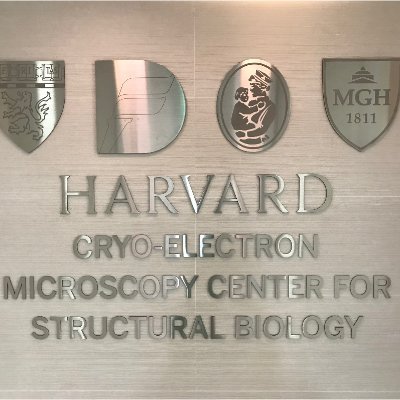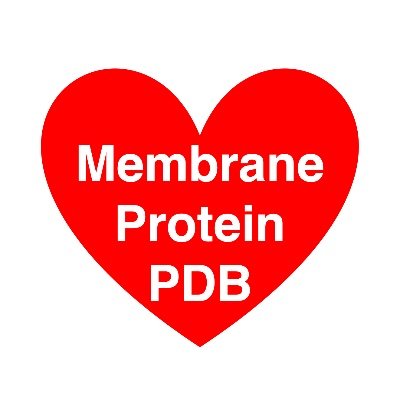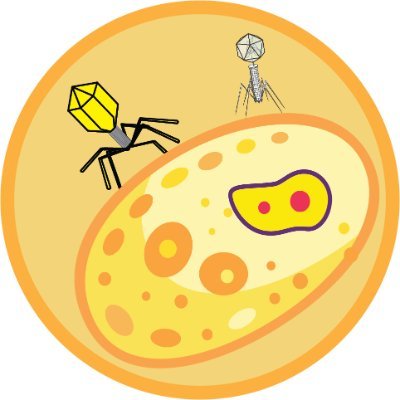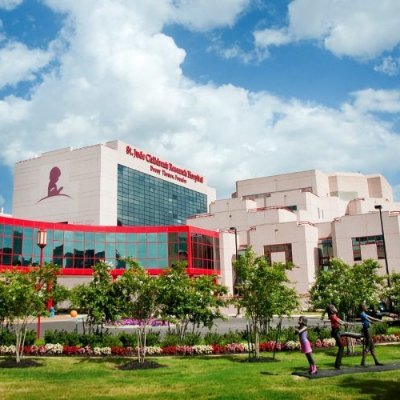
Harvard Cryo-EM Center for Structural Biology
@HC2EM
Followers
1K
Following
96
Media
3
Statuses
161
Consortium formed by Harvard Medical School, Dana-Farber Cancer Institute, Boston Children’s Hospital, & Massachusetts General Hospital. @harvardmed 🟦☁️ @HC2EM
Joined April 2021
Excited to share our latest work led by our postdoc Dan Zhao! We uncovered how the bifunctional complex of Mnl1 mannosidase and protein disulfide isomerase (Pdi1) initiates ERAD. A long-sought ERAD reductase is finally discovered! https://t.co/0HaCgvHRVL Huge congratulations!
0
8
36
Excited about mechanistic biology and processes in the cell's nucleus? Join our lab as a post-doctoral researcher! We have a state-of-the-art cryo-EM facility at HMS, a brand-new lab space, and a vibrant community at HMS! DM/email me or check
farnunglab.com
1
12
30
Our story on the mechanism of co-transcriptional histone mark deposition is now officially out:
science.org
During transcription, RNA polymerase II traverses through chromatin, and posttranslational modifications including histone methylations mark regions of active transcription. Histone protein H3 lysine...
0
15
99
Absolutely thrilled to share paper on Nipah polymerase in close collaboration with Rachel Fearns at Boston University @BU_Tweets. 😃We previously posted on @biorxivpreprint but this is the print form @CellCellPress. 🦇 @HarvardMicro @gatesfoundation
https://t.co/VW9fu4vkT3
cell.com
The cryo-EM structure and mutational analysis of the Nipah virus polymerase complex identify features critical for RNA replication and transcription with the potential to aid in the development of...
0
20
78
Excited to share our @biorxivpreprint led by @xiaoyi_fann and @wanyuviridae exploring how binding of western equine encephalitis virus (WEEV) to its cellular receptors evolved over the past century 🤩 https://t.co/i1OzCGWkpr
@HarvardMicro
2
19
57
1/n) Best way to start 2025! Thrilled to share our Nature paper about the structures of axonemal components from sperm flagella and from epithelial cilia of the oviduct and brain ventricles. Great collaboration with @TzviyaZBM and @alanbrownhms
https://t.co/RvmQd3PfYz
nature.com
Nature - Cryoelectron microscopy, cryoelectron tomography and proteomics are used to resolve the 96-nm modular repeat of axonemal doublet microtubules from both sperm flagella and epithelial cilia...
13
32
175
Ever wondered how transcription choreographs histone modifications? Our work reveals the basis of co-transcriptional H3K36me3 by SETD2. We visualize how a histone writer coordinates with the transcription machinery! This is the magnus opus of @MarkertJon
https://t.co/g27t5Rw5RY
12
132
514
A nice piece on one our @CellCellPress papers published earlier this year about mechanisms of herpes simplex virus polymerase drug resistance related to conformational dynamics. 🕺 https://t.co/gNJMBrfMdr
drugdiscoverynews.com
Structural analysis of the herpes simplex virus polymerase revealed that mutations affecting its drug binding and flexibility may drive treatment resistance.
0
3
12
Excited to share our most recent paper at @CellCellPress in which we used #CryoEM to study conformational dynamics as a determinant of drug selectivity and resistance for the herpes simplex virus DNA polymerase.
cell.com
High-resolution cryo-EM structures of a fully assembled DNA- and drug-bound herpes simplex virus polymerase holoenzyme complex, in a number of conformations, characterize the mechanisms that drive...
4
23
93
We are excited to share our @NatureComms paper by postdoc Pan @an32169364 and @VirologyHarvard grad student Wanyu @wanyuviridae on the structural binding mode of eastern equine encephalitis virus (EEEV) and Semliki forest virus (SFV) with receptor VLDLR https://t.co/tNBC7Gao7z
4
20
70
Congrats everybody, that took a while from the preprint 😅💪
nature.com
Nature Chemical Biology - Characterization of DCAF16-based BRD4 molecular glue degraders revealed a trans-labeling mechanism termed ‘template-assisted covalent modification’, which...
0
9
39
A new paper from Benjamin Ebert, Nathanael Gray, @eric_fischer, @fischerlab1, @LiYender, Michelle Ma, and @M_MurtazaHassan reports a trans-labeling mechanism “template-assisted covalent modification”, which enables proximity-driven pharmacology https://t.co/VvAJdpgDIf
1
18
72
STK19 is a bona fide transcription-coupled repair factor. Check out the preprint with @FrogWalterLab ➡️ https://t.co/z5muiBdZVt We achieved a major technical milestone: 1.9 Å resolution structure of an RNA polymerase II transcription complex. Txn goes sub-2 Å!
4
17
98
Excited to share our story on polymerization in ZBTB transcription factors, which was published in the July 11 issue of @MolecularCell! https://t.co/qlzxfF0PR4 1/n
5
19
71
Excited to share @biorxivpreprint in collaboration with Rachel Fearns at BU in which we determined the cryo-EM structure of the Nipah virus polymerase complex! The complex assembles with a tobacco pipe-like shape with a flexible stem (do you see it?)😃😅 https://t.co/9LWOaxMXND
8
44
217
Antibodies expand the scope of angiotensin receptor pharmacology | Nat Chem Biol https://t.co/CAkdsf10sO
1
10
40
The 20S proteasome plays a key protease role in many regulatory processes. Yet, how its ordered biogenesis and temporally timed catalytic site activation works has remained elusive. In our latest work, we provide evidence for how that occurs! @NatureSMB
2
4
6
The rotavirus VP5*/VP8* conformational transition permeabilizes membranes to Ca2
pubmed.ncbi.nlm.nih.gov
Rotaviruses infect cells by delivering into the cytosol a transcriptionally active inner capsid particle (a "double-layer particle": DLP). Delivery is the function of a third, outer layer, which...
0
1
0
Just in time for #HumpDay: Our study Targeting DCAF5 suppresses #SMARCB1-mutant #cancer via stabilizing SWI/SNF is online now in @Nature. Congratulations 🎉 to co-first authors Sandi-Radko-Juettner and @HongYue88665668 and all co-authors on this story! 1/ https://t.co/f3fJfiPjiM
nature.com
Nature - DCAF5 has a quality-control function for SWI/SNF complexes and promotes the degradation of incompletely assembled SWI/SNF complexes in the absence of SMARCB1.
8
56
154




















